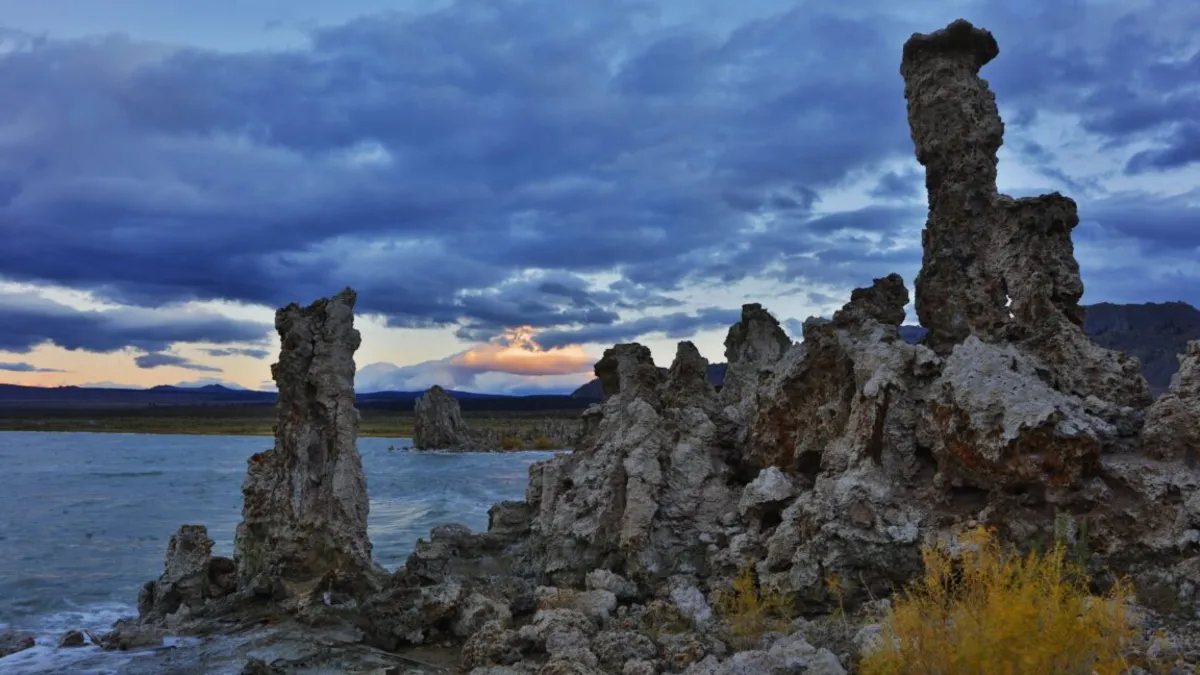
In December 2010, a groundbreaking study led by a NASA astrobiology fellow made headlines by claiming the discovery of an alien-like microbe in a salty, alkaline lake located in California. This remarkable bacterium, known as GFAJ-1, was said to thrive using the toxic element arsenic in place of phosphorus, a fundamental element traditionally considered essential for life on Earth. The study, which was published online by the prestigious journal Science, suggested that this microbe even incorporated arsenic into the backbone of its DNA, a finding that, if true, could have had profound implications for our understanding of biology and the search for extraterrestrial life.
The excitement surrounding the discovery was palpable, with NASA's press team promoting the findings as revolutionary. The agency suggested that this discovery could prompt a complete rewrite of biology textbooks and significantly impact the ongoing search for evidence of life beyond our planet. At a subsequent press conference, lead author Felisa Wolfe-Simon stated, "We've cracked open the door to what's possible for life elsewhere in the universe and that's profound."
However, the initial enthusiasm was soon met with skepticism from the scientific community. Just after the study’s release, several researchers pointed out significant flaws in the methodology employed by the authors. When the study was finally published in print in the June 3, 2011, issue of Science, it was accompanied by eight technical comments that criticized the claims made in the original paper. Critics argued that essential experiments needed to validate the claim of arsenic-based life were never conducted.
Chemists raised concerns that if arsenic were genuinely replacing phosphorus in the bacterium's DNA, the genetic material would degrade almost instantly when exposed to water. Microbiologists highlighted issues with how the bacterium was cultivated—suggesting that GFAJ-1 was grown in an arsenic-rich medium that still contained sufficient phosphorus to sustain life. Furthermore, the authors failed to purify the bacterium's DNA adequately, leading to the possibility of contamination influencing the findings. A biochemist noted that the paper itself indicated that the DNA in GFAJ-1 contained 26 times more phosphorus than arsenic, casting further doubt on the claims.
Rosemary Redfield, a microbiologist at the University of British Columbia, criticized the authors for not addressing these critical discrepancies, stating, "We shouldn't have to do the thinking for them." As a result, the initial hype surrounding the discovery was met with fierce backlash from the scientific community throughout 2010 and 2011. By 2012, two studies published in Science effectively refuted the notion that GFAJ-1 incorporated arsenic into its DNA, concluding instead that it was merely an arsenic-tolerant extremophile.
Fast forward to 2025, and the controversy surrounding this study has resurfaced. On a Thursday in early 2025, Science announced the retraction of the original study, igniting a new wave of discussion. Some critics, including Redfield, welcomed the retraction, while others questioned the timing, noting that 15 years had passed since the initial publication. This announcement came just months after a profile of Wolfe-Simon appeared in The New York Times, highlighting her return to the scientific community after being viewed as a pariah due to the study's fallout.
Despite the retraction, Wolfe-Simon and several of her co-authors continue to defend the original findings. In a blog post, Science's executive editor, Valda Vinson, and Editor-in-Chief Holden Thorp clarified that the criteria for retraction have evolved since 2010. They stated that while there was no evidence of fraud or misconduct, the key conclusions of the study were based on flawed data. They specifically referenced the failure to properly purify the bacterium's genetic material from background arsenic.
Jonathan Eisen, an evolutionary biologist at the University of California, Davis, voiced his criticism of the retraction, arguing that discussions regarding controversial studies should be resolved within scientific literature rather than through editorial decisions. In an eLetter associated with the retraction notice, the authors expressed their disagreement, asserting, "While our work could have been written and discussed more carefully, we stand by the data as reported." Ariel Anbar, a co-author and geochemist at Arizona State University, emphasized that the study contained no mistakes, suggesting that differing interpretations of data should not warrant a retraction.
The saga of the arsenic-based life study serves as a poignant reminder of the complexities and challenges inherent in scientific research. As the debate continues, it highlights the importance of rigorous peer review, clear methodology, and the evolving nature of scientific understanding. The discussions surrounding GFAJ-1 will undoubtedly persist as scientists strive to unravel the mysteries of life on Earth and beyond.